Feature your business, services, products, events & news. Submit Website.
Breaking Top Featured Content:
NFTs — The Digital Revolution

NFTs — Empowering the Digital Revolution One Token at the Time
Pt 1 — Introducing Digital Scarcity & Unicity via the Blockchain

Let’s admit, it is getting harder and harder that ‘something’ impresses us anymore: society has become overabundant in both items and services available that we sometimes struggle in the endeavour of finding a thrill or excitement in such entities.
This might be true in many aspects but definitely can’t be applied to the world of cryptos and blockchain technology, where the development and constant growth of the ecosystem reward us with a plentitude of promising projects which are abruptly changing our lives.
Non-Fungible Tokens (or NFT) are undeniably part of this movement.
They are taking the world by storm, sparking a frenzied movement propped by millions of $ USD in transacted value daily, bringing most of the economists and experts to turn heads in disbelief.
But behind those JPEG images of pixelated punk heads, kitties, and more lay a hidden potential to redefine concepts like art, property, intellectual rights, scarcity, sociological aspects, and so much more to be discovered.
But before going down the rabbit hole, we need to grasp the concept of ‘fungibility’ — so let’s get ready to open the doors to the world of NFTs.
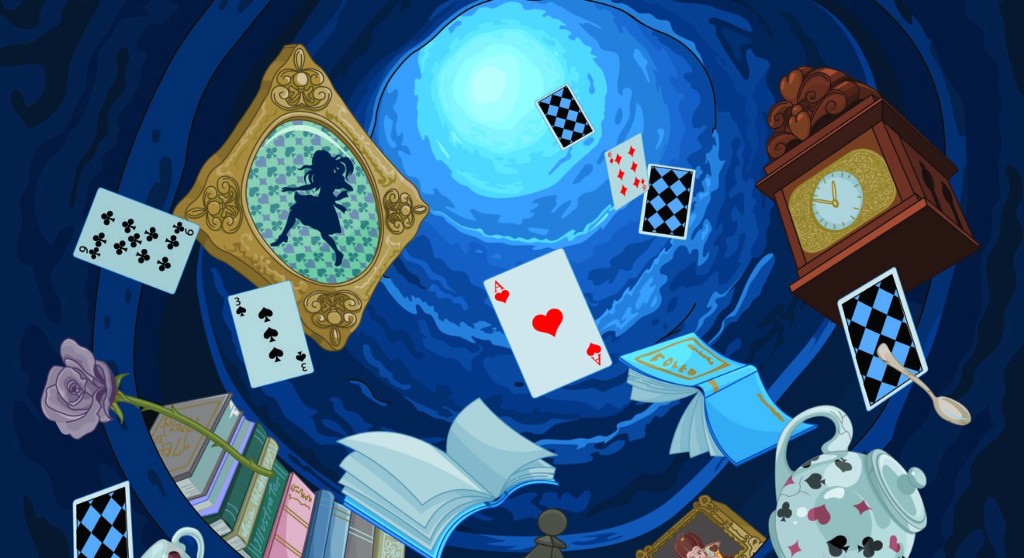
The concept of FUNGIBILITY
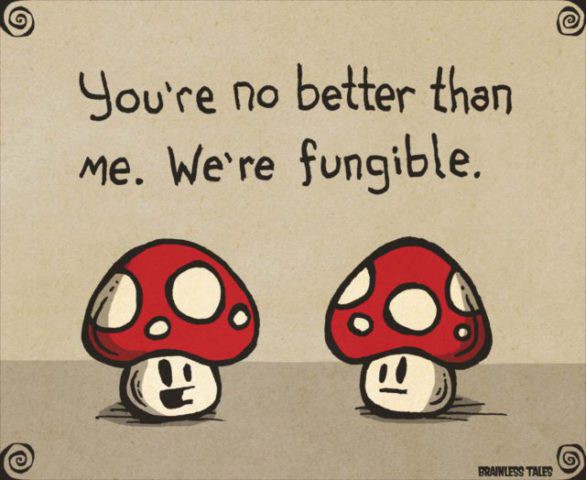
So, what is ‘fungibility’ then?
It is the ability of an asset to be exchanged with another similar asset without compromising its value. The fungibility of an asset defines the characteristics of the asset — like divisibility and value.

To give a simple example: $5 has the same value as another $5 bill. When someone lends you a $5 bill, you don’t necessarily have to refund them with the exact same note, as another note with the same value is worth the same amount.
That seems obvious, but now we’re on the same page.
Entering the NFTs
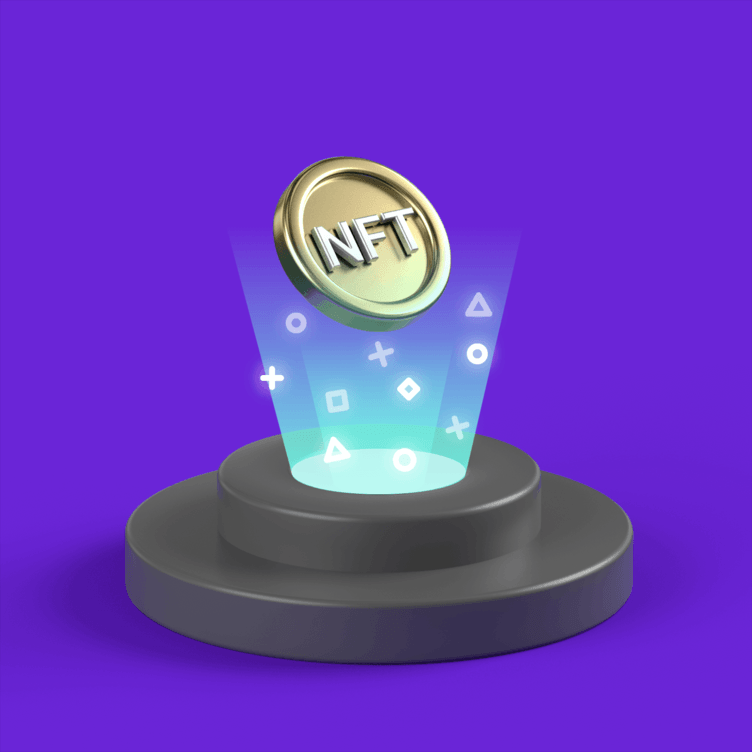
NFT’s are becoming a focus in global crypto attention. An NFT is a special kind of cryptographic token that represents a particular thing — something unique implying that an NFT isn’t mutually interchangeable by their particular specification
A non-fungible token comes with a distinct value from another equal or similar NFT.
An individual NFT has unique characteristics that dictate its peculiarity; hence the name “non-fungibles.” They are much similar to rare and precious stones, works of art, and luxury things in general.

They act as a non-duplicable digital certificate of ownership for any assigned digital asset. Basically, it is a smart contract that is put together using bits of open-source code, and once it is written, it is then minted, or permanently published, into a token (for example, a token called an ERC 721) on a blockchain, like Ethereum.
Once the NFT is purchased, the owner has the digital rights to resell, distribute or license the digital asset as they please.
The only caveat is that the creator can program in limitations in the NFT’s code for how it gets used, such as the asset cannot show up on a specific platform, like a TV network, and also have the opportunity to earn royalties off of future reselling transactions.
We can see that NFTs are intertwined with the creation of verifiable digital scarcity.

NFTs Uses & Applications
Gaming
Non-fungible tokens aren’t new in the world of gaming as they are renowned for solving inherent problems creating at the same time a whole economy within the gaming sphere. Popular games like Fortnite forbid the sale of rare characteristics and accessories like skins and weapons.
Rethinking the ban on selling in-game assets
Nevertheless, with non-fungible tokens, these traits can be transferred with much ease and used in various games. Consequently, NFTs can help in driving in-game economies.
Digital assets
Take Decentraland as an example where participants can purchase virtual land.

Ethereum Name Service (ENS) is another example that resembles a home that applies non-fungible tokens for its ETH domain to assist in purchasing and selling.
Identity
Non-fungible tokens are ideal for combating identity theft. Medical records, academic documents, persons’ appearance are some of the things that are easily digitized to represent one’s identity.
Moreover, digital artists can convert their job into non-fungible tokens for copyright purposes. The application of NFT to assist in proving the identity including transforming physical game tickets into NFTs to help wipe out counterfeits.
Collectibles
NFTs are bringing a new dawn to the world of collectibles. As a result, traditional collectibles are now adopting digital assets.
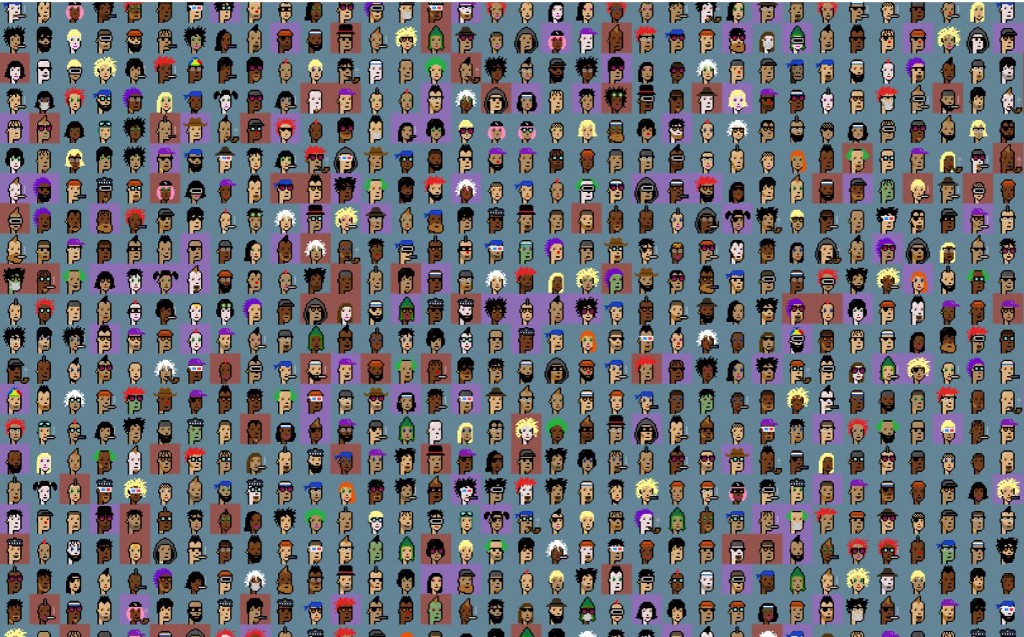
Top 10 Most Expensive CryptoPunks NFTs Sold Ever
THE ‘ONE AND ONLY’
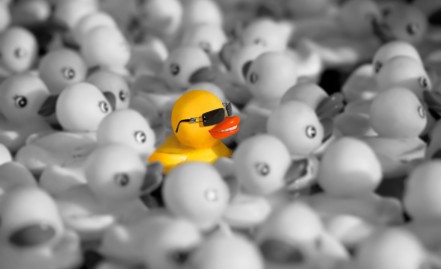
Sometimes we fail to keep in mind that one NFT is unique from another, hence a NFT isn’t equal to any other either in terms of a property or value.
Each particular token is awarded a digital hash distinguishing it from other NFTs of its type.
This distinguishing feature allows an NFT to serve as evidence of provenance. Today, the ownership, as well as the authenticity of one’s intellectual property like original artworks, is much valued. When it comes to the world of collectibles and gaming, we refer to NFTs as digital collectibles.
They have common characteristics like rareness, indivisible, and uniqueness:
- Rareness: their value is much attributed to their scarcity. Although the developers of NFTs can develop any amount of these tokens, they usually limit them to boost rarity;
- Uniqueness: perhaps the most valuable feature of NFTs so far. NFTs come with a permanent information tab marking their uniqueness. This can be thought of as their certificate of authenticity;
- Indivisible: although NFTs aren’t set in stone, these items cannot be divided into smaller units. You are only allowed to buy the whole amount of, let’s say, a piece of digital art, or not buy the art at all.
NFTs embody the notion of UNICITY
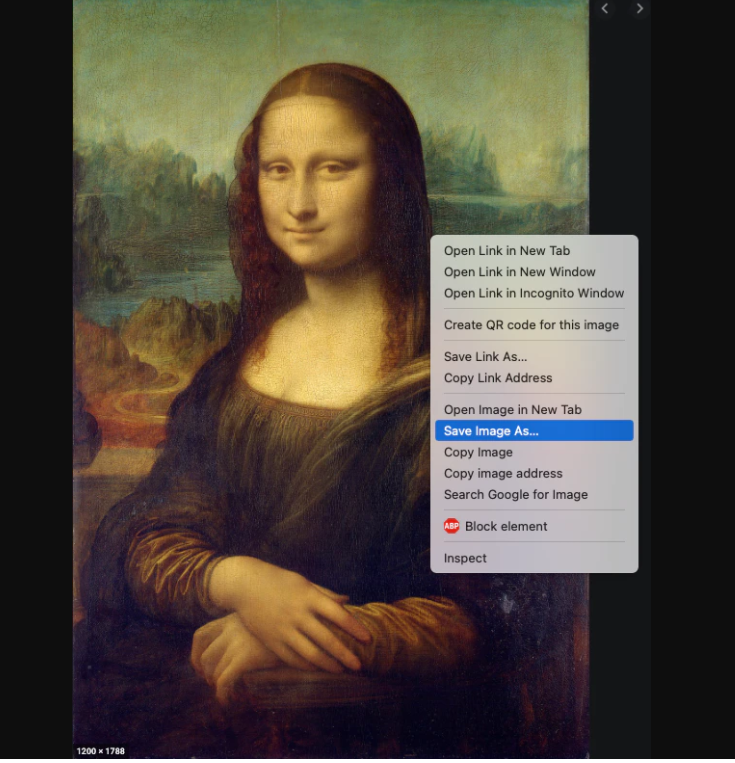
So Why Someone Would Buy An NFT?
NFTs can be a financial investment, a sentimental purchase, a collectible item, or a way for the buyer to feel more connected to the NFT’s creator, like an artist or a brand.
It is similar to how people collect baseball cards, sneakers, or even comics and action figures.
Sometimes that desire is tied to brand affinity.
There is also a community aspect to NFTs. Where artists grant, with the purchase of one of their NFT, the exclusive access to a private channel on the chat platform Discord that only purchasers of that artist’s NFTs have access to, thus forming an exclusive club.
The desire to own scarce objects is real and it is part of our human nature.

The journey will continue in the next chapter of ‘NFTs — Empowering the Digital Revolution One Token at the Time’
End of Part 1
Check out our new platform 👉 https://thecapital.io/
https://twitter.com/thecapital_io
NFTs — The Digital Revolution was originally published in The Capital on Medium, where people are continuing the conversation by highlighting and responding to this story.
